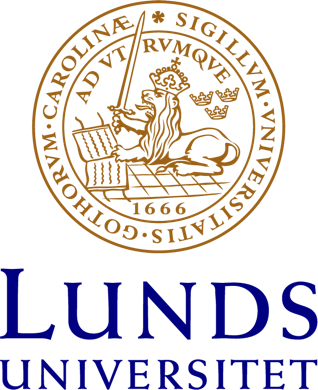Sökresultat
Filtrera
Filtyp
Din sökning på "*" gav 534821 sökträffar
Laval returns to Sweden: The final judgment of the Swedish Labour Court and Swedish legislative reforms
Lovers of Muhammad : A Study of Naqshbandi-Haqqani Sufis in the Twenty-First Century
This thesis aims to contribute, both empirically and theoretically, to the field of study within Islamology that concerns contemporary Sufism in non-Muslim majority societies. It does so by investigating how activities and narratives provide meaning and identity for participants in the transnational Sufi movement Naqshbandi-Haqqani. This movement is led by the Turkish Cypriot Shaykh Muhammad Nazim
Extremely compact dual-band PIFAs for MIMO application
A MIMO structure consisting of two extremely compact planar inverted-F antennas (PIFAs) (lambda/60×lambda/20×lambda/60) is proposed for GSM 900 MHz and 2.4 GHz wireless local area network applications. The miniaturisation of each antenna is achieved through a spiral-shaped PIFA and a capacitive load, forming a LC resonator. Both antennas have a good impedance bandwidth of 0.88–0.945 and 2.39–2.48
Recension The Royal Castles in Denmark in the 14th Century
Who happens here? Ethical responsibility, subjectivity, and corporeality: Self-accounts in the Archive of the Coalition Provisional Authority (CPA) of Iraq
Häxor på 1800-talet
Byt ut mjölken mot växtmjölk i skolorna
Barnet: en dröm
No title
Is a € -Block Emerging in Central and Eastern Europe?
Abstract is not available
Odjuret vaknade till liv
Utskiftningsskatt vid fusion mellan aktiebolag
Distribution Tax of mergers of limited liability companies
Review of By Authors Possessed: The Demonic Novel in Russia
Damping of Electro-Mechanical Oscillations in a Multimachine System by Direct Load Control
Utility controlled customer loads as actuators present new possibilities for power system control. The use of active loads controlled by local bus frequency is proposed for damping of electro-mechanical oscillations. The viability of the idea is studied for one load in a three machine system with a meshed network. Active power mode controllability and phase angle mode observability are determined
The basal Ilerdian (earliest Eocene) turnover of larger foraminifera: age constraints based on calcareous plankton and d13C profiles from southern Pyrenean sections (Spain)
Kirurgi snart även primärprevention vid slaganfall av höggradig karotisstenos
Indications for and the results of carotid endarterectomy in symptomatic and asymptomatic carotid artery stenosis are reviewed. The main indication for carotid endarterectomy is symptomatic stenosis of a carotid artery with >70 percent lumen reduction according to the NASCET method, or >85 percent lumen reduction according to the ECST method. The operation should ideally be performed within two we
